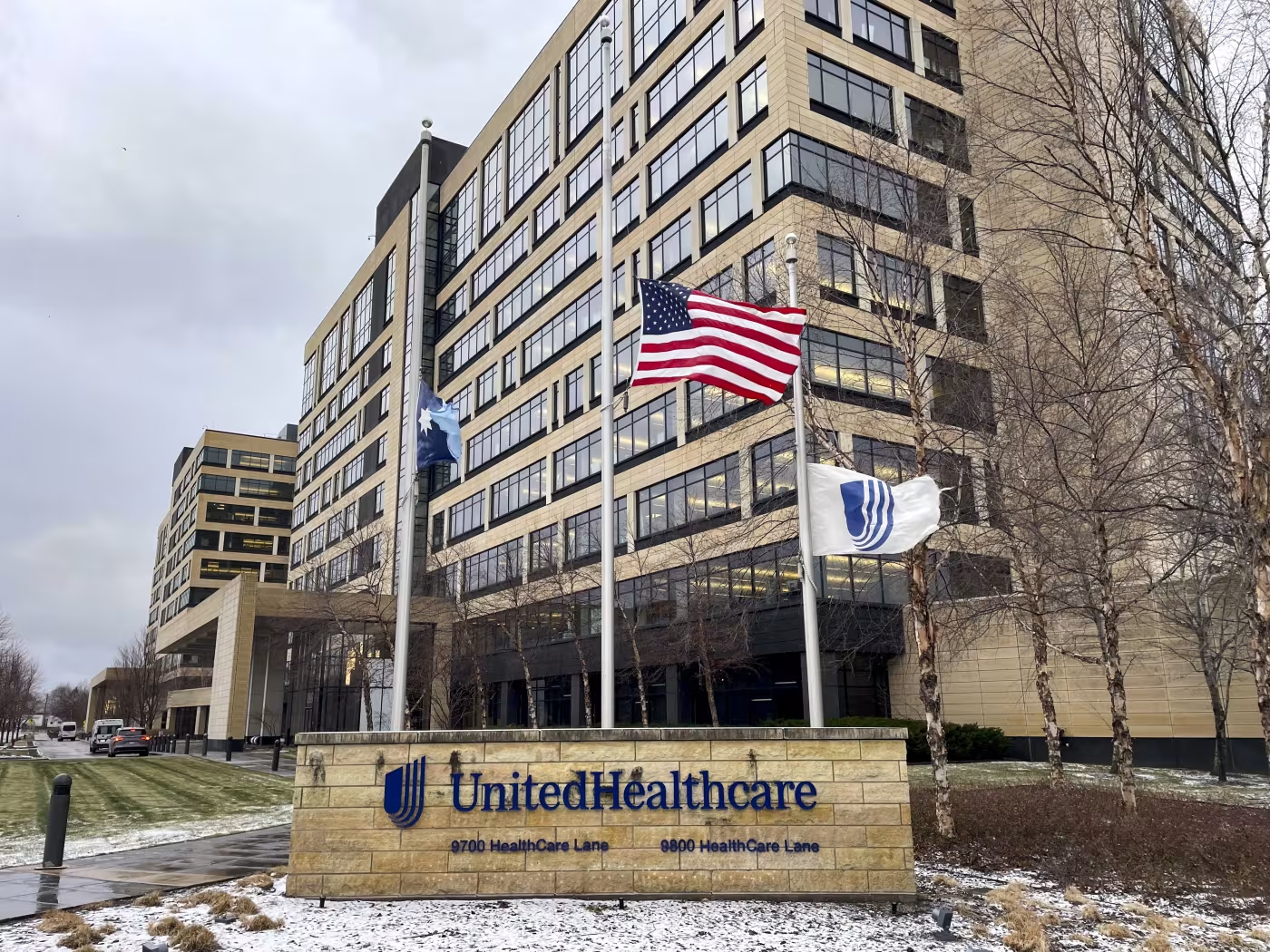Thursday Report

From Washington, DC
- Govexec tells us,
- “Senate Majority Leader Chuck Schumer told unions and federal employee groups Wednesday that he will schedule a vote on the Senate floor on legislation to repeal two controversial tax provisions that reduce some public servants’ retirement benefits just weeks before the end of the congressional session and Democrats’ control of the chamber.
- “Schumer’s remarks came at a rain-soaked rally, organized by lawmakers and organized labor on Capitol Hill in support of the Social Security Fairness Act (H.R. 82), which passed the House by a 327-75 vote last month.” * * *
- “If enacted, the legislation would repeal Social Security’s windfall elimination provision and government pension offset. The windfall elimination provision reduces the Social Security benefits of retired federal employees who spent a portion of their careers in the private sector in addition to a federal, state or local government job where Social Security is not intended as an element of their retirement income, such as the Civil Service Retirement System. And the government pension offset reduces spousal and survivor Social Security benefits in families with retired government workers.”
- FedSmith adds,
- “The OPM retirement backlog has dropped to levels not seen since 2016. As of the end of November 2024, the total outstanding retirement claims at the Office of Personnel Management is 13,844. The last time it was at or below that level was June 2016 when it was 13,529.
- “OPM received 6,808 new retirement claims in November and processed 7,872. It took an average of 55 days to process claims.
- “So far in 2024, the average level of the OPM retirement backlog is 16,083. The average number of retirement claims submitted by federal employees to OPM each month has been 7,558, and the average number processed each month is 7,599.
- “The end of a year is the peak time for federal employees to retire, so it’s good news for federal employees who plan to retire soon that the number of pending retirement claims at OPM has fallen as the end of 2024 approaches.
- “However, even though most federal employees retire at the end of a calendar year, the impact on the processing doesn’t hit until January. The peak time at OPM for processing retirement claims is January through March, and January is typically the month with the largest spike in the retirement backlog based on past data. For example, the OPM retirement backlog grew by 46% last January.”
- BioPharma Dive lets us know,
- “When the Food and Drug Administration took Eli Lilly’s Zepbound and Mounjaro off of its drug shortage list in October, companies making cheap “compounded” versions found themselves in a bind.
- “By ending compounders’ ability to manufacture and sell their off-brand versions in bulk, the FDA’s decision also left some patients wondering how they would be able to access the popular obesity and diabetes drugs at an affordable price. About 12% of American adults have taken a GLP-1 medication, according to a May poll from KFF Health. And compounded versions may account for as much as 20% of all GLP-1 prescriptions, CNN reported.
- “But when the FDA backed down, letting compound pharmacies resume their activities for the time being, the industry was left in something of a limbo. * * *
- “The FDA said it will issue another update Dec. 19, although it’s possible it will be another extension of the review. The agency said in a late November joint status update to a court hearing the compounders’ challenge that it had not yet made a determination, according to Beaver.
- “In the interim period, FDA has indicated it does not intend to take enforcement action against the continued compounding of tirzepatide,” Beaver said.
- “With a new presidential administration set to take over next month, the FDA may simply wait.”
- STAT News adds,
- “Eli Lilly, which has been directing patients to various telehealth sites as it sells its blockbuster obesity medication Zepbound, is broadening its reach, announcing a partnership Wednesday with major telehealth platform Ro.
- “Under the new agreement, Ro patients who are prescribed Zepbound will be able to get vials of the drug through its app. Previously, Lilly had only made these vials, which are priced lower than its injectable pens, available to patients who filled prescriptions through an online portal created by Lilly, called LillyDirect.”
- MedTech Dive offers “four takeaways from the FDA’s first digital health advisory committee. Industry and patient representatives debated how the FDA should regulate generative AI in medical devices and address new challenges with the technology.”
From the judicial front,
- Reuters informs us,
- “The U.S. Department of Health and Human Services overstepped its authority when it boosted Medicare reimbursements to hospitals in low-wage areas to help them recruit and retain staff, a divided federal appeals court ruled on Wednesday.
- “A 2-1 panel of the San Francisco-based 9th U.S. Circuit Court of Appeals found that HHS’s 2020 policy shift ran afoul of the law governing Medicare, the federal health insurance program for seniors and some people with disabilities.
- “The decision was a victory for a group of 53 California hospitals that sued HHS in 2020 in Los Angeles federal court, saying their Medicare reimbursements were cut by a total of about $3.8 million to make up for the increased payments to hospitals in low-wage areas.
- “HHS said earlier this year that it would not continue the policy in 2025, meaning that Wednesday’s decision will affect only reimbursements for past years going back to 2020.”
From the public health and medical research front,
- The Wall Street Journal reports,
- “When a woman learns she has breast cancer, her reaction is often: take it out. Now doctors say that might not always be necessary.
- “Some women with the earliest stages of breast cancer could be carefully monitored, undergoing surgery and radiation only if the disease advances, new data suggests.
- “The strategy is akin to one already used in early prostate cancer, as doctors are increasingly looking at whether they can pull back on some cancer therapies, to spare patients side effects and costs.
- “This is really the first study to confirm our suspicions that there’s a subset of low-risk patients that could do just as well without surgery,” said Dr. Nancy Chan, a breast-cancer specialist at NYU Langone’s Perlmutter Cancer Center, who wasn’t involved in the study. “It’s really encouraging.” * * *
- “It was a data-free zone because we already treated it like a cancer,” said Dr. E. Shelley Hwang, a breast-cancer surgeon at Duke Cancer Institute, who led the trial. “We didn’t know what we could dial back on.”
- Hwang and her colleagues recruited some 950 women ages 40 and older with a type of low-risk DCIS that is sensitive to hormones. The women were split into two groups: One was recommended standard care—surgery with or without radiation—while the other was recommended mammograms every six months. The monitoring group could opt for surgery at any time and had to get surgery if the disease progressed.
- Most women in both groups took hormone therapy to help keep cancer growth in check. Some 17% of women in the monitoring group ended up getting surgery, and some assigned to the treatment group declined to get an operation.
- Two years later, the rates of women who developed invasive breast cancer were similar between the groups, less than 10%, the researchers found. The women also reported comparable rates of anxiety, a concern when doctors are considering dialing-back treatment.
- Women who got standard care reported more arm problems and breast pain, but that resolved over time. The results were published in the academic journals JAMA and JAMA Oncology and presented at the San Antonio Breast Cancer Symposium on Thursday.
- STAT News points out,
- “Pfizer said Thursday its drug Ibrance showed efficacy in a group of breast cancer patients who do not currently have access to the medicine, potentially expanding its use.
- “Ibrance, which generates annual sales of $4.3 billion, is currently used for patients whose tumors are positive for the estrogen receptor (ER) and negative for a second biomarker, called HER2. That population represents 70% of women with breast cancer. But the new results are in patients whose tumors test positive for both the estrogen receptor and HER2, a population that represents 10% of breast cancer patients.”
- The New York Times relates,
- “Over the last 20 years, clinicians have increasingly recognized that A.D.H.D. symptoms, which begin in childhood, can linger into adulthood, and that some groups — like women and people of color— are more likely to be underdiagnosed early in life. Now, with the rise of telemedicine, increased awareness of A.D.H.D. and changing attitudes about mental health treatment, new A.D.H.D. diagnoses are surging among older Americans.
- “An analysis by Truveta, a health care data and analytics company, shows that the rate of first-time A.D.H.D. diagnoses has been on the rise since 2021, but the increase has occurred only among people 30 and older. From January 2021 to October 2024, the rate of first-time diagnoses rose about 61 percent among those ages 30 to 44 and 64 percent among those ages 45 to 64.
- “As a result, about 31 percent of first-time diagnoses are now among people ages 30 to 44, the largest proportion of any age group. (In 2018, younger adults took the top spot.)
- “The analysis, which was done at the request of The New York Times, drew on Truveta’s database of 30 health systems, which included more than one million people who had received first-time A.D.H.D. diagnoses.”
- The National Institutes of Health Director, Dr. Monica Bertagnolli, writes,
- “In people with brain tumors known as diffuse gliomas, cancerous cells often spread and invade nearby tissue to mix with healthy cells. As a result, it can be challenging for neurosurgeons to differentiate cancerous from healthy tissue during surgery as is required to safely remove as much of the cancer as possible. Many patients with glioma are found to have residual tumor after surgery, which can mean additional surgeries, earlier recurrence, and decreased survival. But research is showing that artificial intelligence (AI) tools could enable doctors to not only predict if a cancer will respond to treatment, but also to differentiate cancerous from healthy tissue rapidly enough to guide more brain surgeries in real time.
- “In one promising example of this, an NIH-supported study in Nature recently reported the development of an open-source, AI-based diagnostic system that can determine in just 10 seconds if part of a cancerous brain tumor that could be removed still remains. The new system, called FastGlioma, combines rapid, user-friendly, optical microscopy with AI models trained on diverse data, including over 11,000 surgical specimens and 4 million microscopy images, to give surgeons needed answers very quickly.
- “Today, neurosurgical teams locate residual tumor during surgery guided by MRI or fluorescent imaging. The research team for this study—led by Todd Hollon , University of Michigan Health, Ann Arbor, and Shawn Hervey-Jumper , University of California, San Francisco—reports that the new system significantly outperforms current methods for identifying tumor remains, working faster and more accurately.” * * *
- “The presence of residual tumor tissue following surgery is a significant and costly public health problem in the U.S. and around the world, for brain cancers and other solid cancers alike. The research team reports that FastGlioma can already accurately detect residual tumor in many other brain cancer types, including both adult and childhood brain cancers, suggesting it has potential to one day serve as a general-purpose tool for guiding brain tumor surgeries. The researchers also plan to explore the system’s application to other cancers, including lung, prostate, breast, and head and neck cancers. Through this kind of work, the researchers hope this tool and others like it can help unlock the potential of AI for improving cancer care in the years ahead.”
- Per MedPage Today,
- “Postmarketing data on obeticholic acid (Ocaliva) identified a risk for serious liver injury in primary biliary cholangitis (PBC) patients without cirrhosis, the FDA said in a safety communication on Thursday.
- “The agency’s review of a mandated clinical trial “found that some cases of liver injury in patients without cirrhosis resulted in liver transplant. This risk was notably higher for patients taking Ocaliva compared with a placebo,” the FDA said.”
- Per Beckers Hospital Review,
- “The FDA has placed a hold on all clinical studies of vaccines for respiratory syncytial virus in infants due to safety concerns following a trial involving two mRNA-based vaccine candidates from Moderna.
- “A briefing document released by the FDA ahead of the Vaccine and Related Biological Products Advisory Committee revealed that a phase 1 trial evaluating two RSV vaccines in infants aged 5 to 8 months was paused in July after five severe cases of RSV-related illness were reported among infants receiving the vaccine candidates.” * * *
- “VRBPAC will review the safety data and discuss implications for the future development of RSV vaccines for infants Dec. 12.”
From the U.S. healthcare business front,
- Per a press release,
- The Institute for Clinical and Economic Review (ICER) today published its latest report on Unsupported Price Increases (UPI) of prescription drugs in the United States, highlighting the top 10 drugs with substantial net price increases in 2023. ICER determined that five of those drugs lacked adequate evidence to support any price increase, which resulted in a total of $815 million incremental added costs to US payers in 2023. The five drugs with unsupported price increases are Biktarvy, Darzalex, Entresto, Cabometyx, and Xeljanz.
- Downloads: Final Report
- “We continue to see list price increases that are far above the rate of inflation for many of the costliest drugs,” stated Foluso Agboola, MBBS, MPH, ICER’s Vice President of Research. “These price hikes resulted in over $800 million in excess costs to the US health care system in just one year alone. This impacts everyone in the country, especially patients and their families. Over the past few years, ICER has played a role in highlighting substantial price increases. Since launching this report in 2019, we have noticed a decrease in the number of drugs that have significant price hikes without any new clinical evidence. In this report, half of the drugs we assessed had price increases in the setting of new evidence of additional benefits or reduced harm, while the other half lacked such evidence to support their higher price tag.”
- STAT News discusses “AI versus AI: The emerging arms race over health insurance denials. New startups are harnessing artificial intelligence to appeal denials by health insurers.
- “Like many Americans, Holden Karau said she was fed up with health insurance. * * *
- Karau’s company, FightHealthInsurance.com, is one of many upstart businesses seeking to harness the power of artificial intelligence to combat denials by health insurers that block access to medical services.
- “There’s a lot of technology on the insurance side to automate denials,” Karau said. “I think it’s time to build the tools for patients and providers.”
- “Her company, and its companions in the market, are just getting off the ground. But they promise to help automate appeals for providers and patients, making it much faster and easier to contest denials that often go unchallenged.”
- Beckers Hospital Review shares weight loss drug fills by states.
- “Alaska recorded the highest percentage of medication fills for weight loss drugs this year, according to data from GoodRx.
- “To assess state-level trends, GoodRx examined fill rates for all medications, excluding vaccines, from a nationally representative sample between Jan. 1 and Oct. 31. The figures below reflect the percentage of total medication fills for GIP and GLP-1 drugs prescribed for either diabetes or weight loss indications. Medications for Type 2 diabetes included Ozempic, Mounjaro, Victoza and liraglutide, while medications prescribed for weight loss included Wegovy, Zepbound, Saxenda, Qsymia and phentermine.
- “Regionally, states in the South had higher fill rates for medications prescribed for diabetes while states in the Northeast had the highest fill rates for medications prescribed for weight loss.”
- and points out “US News’ 118 maternity care access hospitals.”
- “On Dec. 10, U.S. News & World Report released its annual Best Hospitals for Maternity Care ratings, which also recognize hospitals providing services to underserved communities.
- “U.S. News identified 118 hospitals as Maternity Care Access Hospitals for providing maternity services in areas that would otherwise lack access to such care.
- “To qualify, these hospitals met specific geographic and quality criteria. They were eligible if they were the only hospital providing maternity care within their county, and the county had fewer than 60 obstetric providers per 10,000 births. Alternatively, hospitals qualified if they were the only facility within a 15-mile radius and were located in a county with fewer than 128 obstetric providers per 10,000 births.”
- Per Fierce Healthcare,
- “Centene released its earnings guidance for 2025 as a part of its investor day on Thursday.
- “The health insurer expects to bring in between $166.5 billion and $169.5 billion in revenue for the year, including between $154 billion and $156 billion in premium and service revenue, according to the announcement. It also estimates earnings per share of at least $7.25 in 2025.
- “The company is bracing for elevated utilization trends to continue as well, according to the announcement. It projects a medical loss ratio of between 88.4% and 89%.”







